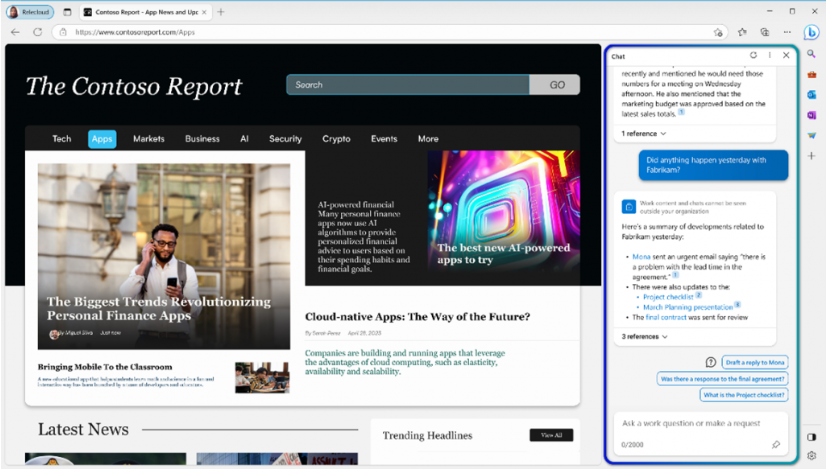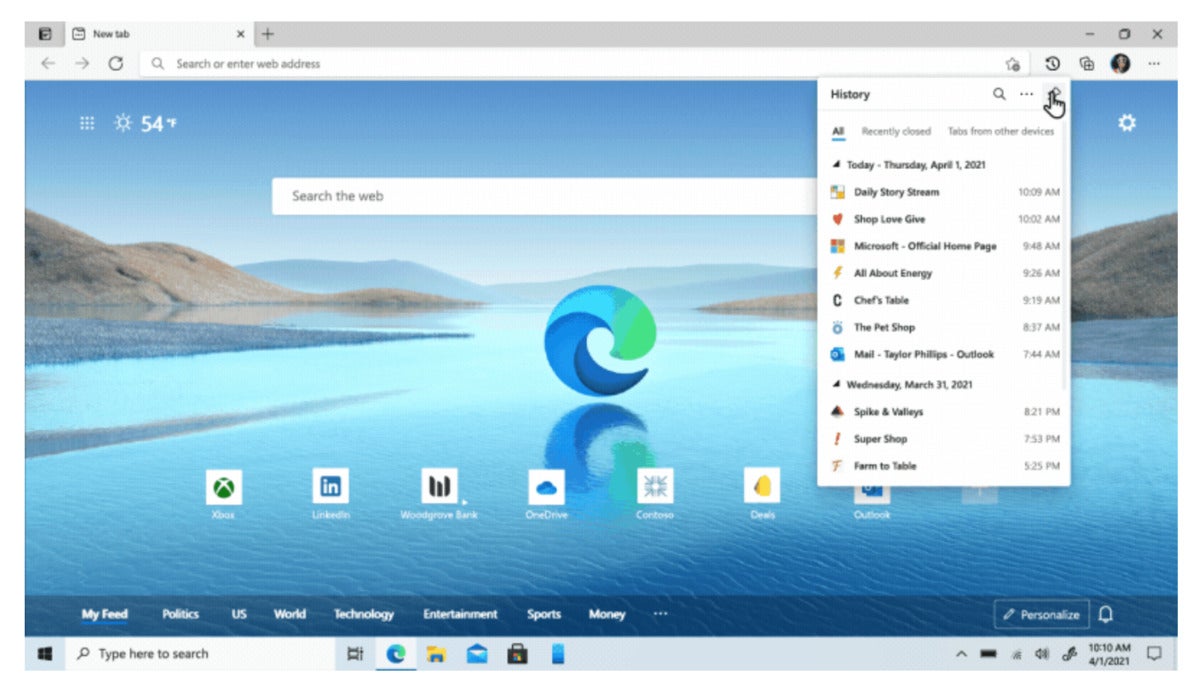
Microsoft said last month that "important security patches and fixes will be delivered as needed independent of the selected release option," which implied that security updates for Extended Stable will continue in their current no-schedule-here fashion. Some details about how Microsoft (or Google, for that matter, since Edge and Chrome are connected at the hip) will keep Extended Stable secure are still cloudy. (Organizations can also manually update Edge using Windows Server Update Services, or WSUS.) The eight-week interval is thus opt-in, with the opting requiring use of the as-yet-undocumented TargetChannel group policy on the part of admins, or alternately, Intune from the Microsoft Endpoint Manager.


98 and so on for Edge (and Chrome).īy default, Edge will update automatically every four weeks. The next Extended Stable releases will then be v. Obviously a sop to enterprise IT admins unhappy at the idea of a sped-up update tempo, Extended Stable releases will occur at every even-numbered version.

Starting with version 94, Chrome and Edge will also offer what's called an "Extended Stable" release that will use an eight-week interval rather than the default four.


 0 kommentar(er)
0 kommentar(er)
